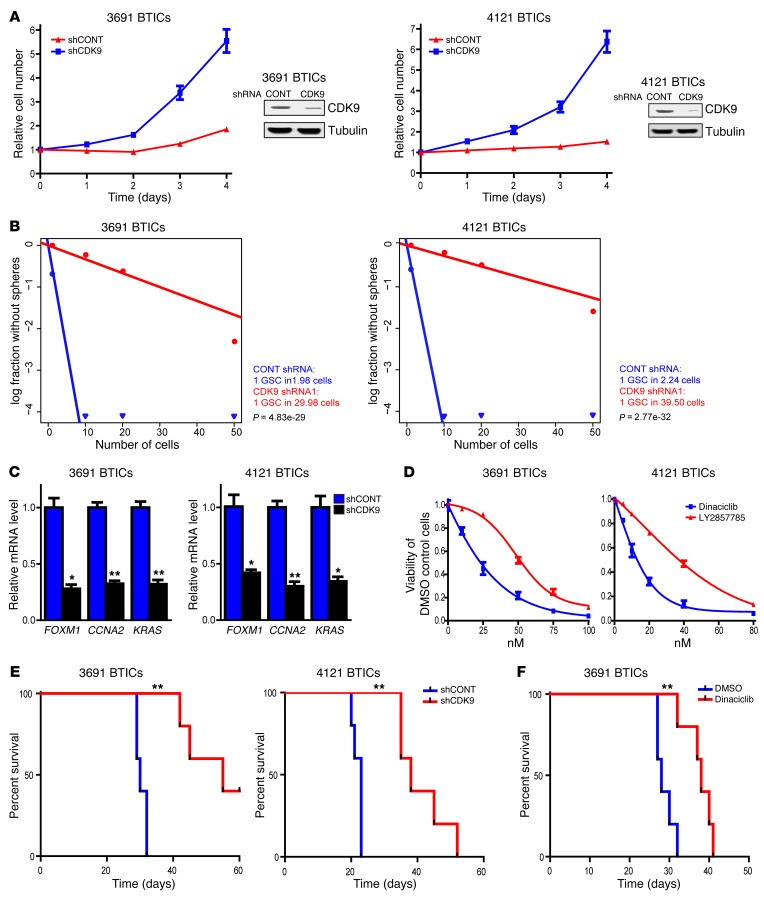Figure 7. Targeting CDK9 decreases BTIC growth and self-renewal.
(A) Two BTIC models (3691, 4121) were transduced with shCONT or shCDK9 by lentivirus. Right: Decreased CDK9 levels were measured after shRNA transduction by immunoblotting. Left: Cellular proliferation was measured by CellTiter-Glo after shRNA transduction over a time course. (B) In vitro extreme limiting dilution assays demonstrated that shRNA-mediated knockdown of CDK9 in 2 BTIC models (3691 and 4121) decreased the frequency of tumorsphere formation. (C) 3691 and 4121 BTICs were transduced with shCONT or shCDK9 for 2 days. Total RNA was isolated and cDNA was synthesized by reverse transcription. mRNA levels of indicated genes were detected by qPCR (t test, *P < 0.05, **P < 0.01, n = 3). (D) 3691 and 4121 BTICs were treated with DMSO or two different CDK9 inhibitors, dinaciclib and LY2857785, over a concentration range. Cellular viability was tested at 48 hours. (E) Survival of immunocompromised mice bearing intracranial 3691 or 4121 BTICs transduced with shCONT or shCDK9 is displayed by the Kaplan-Meier method (log-rank analysis, **P < 0.01, n = 5). (F) Kaplan–Meier survival curves of immunocompromised mice bearing orthotopic 3691 BTICs. Seven days after tumor implantation, mice were treated with dinaciclib (30 mg/kg) or DMSO vehicle control for 2 weeks (3 times per week, **P < 0.01, n = 5).

